Cars for remembrance: Saab 900 Turbo (Buying Guide)
“Not for everyone. Essential for some, “said the Saab 99 Turbo advertising. This motto also applies to the first 900, an original, innovative and distinguished by the type of driver who appreciates car. You are one of them?
Different does not equal better and yet, one of the main attractions of classic cars is diversity. Now the car is uniform, homogeneous and orthodox. Maybe sometimes even he is boring. Before, there were more technical and aesthetic variety.
One of the more heterodox Saab brand has always been and it seems that this has a twofold merit: firstly, it was with less resources than its competitors. For other, He remained faithful to his way of doing things almost to the end.
He Saab 900 It is possibly the best summary of what has been Saab, especially turbocharged versions. Saab 99 Turbo inheritor of 1977, 900 embodied the idea of applying Saab turbocharging not exclusively for sports cars. Largely turbo development was designed by the Swedish engineer Per Gillbrand, thus explaining its use: “All cars have an oil pump, a fuel pump and a water pump. So why not an air pump, which is what really is a turbo? “. He was right.
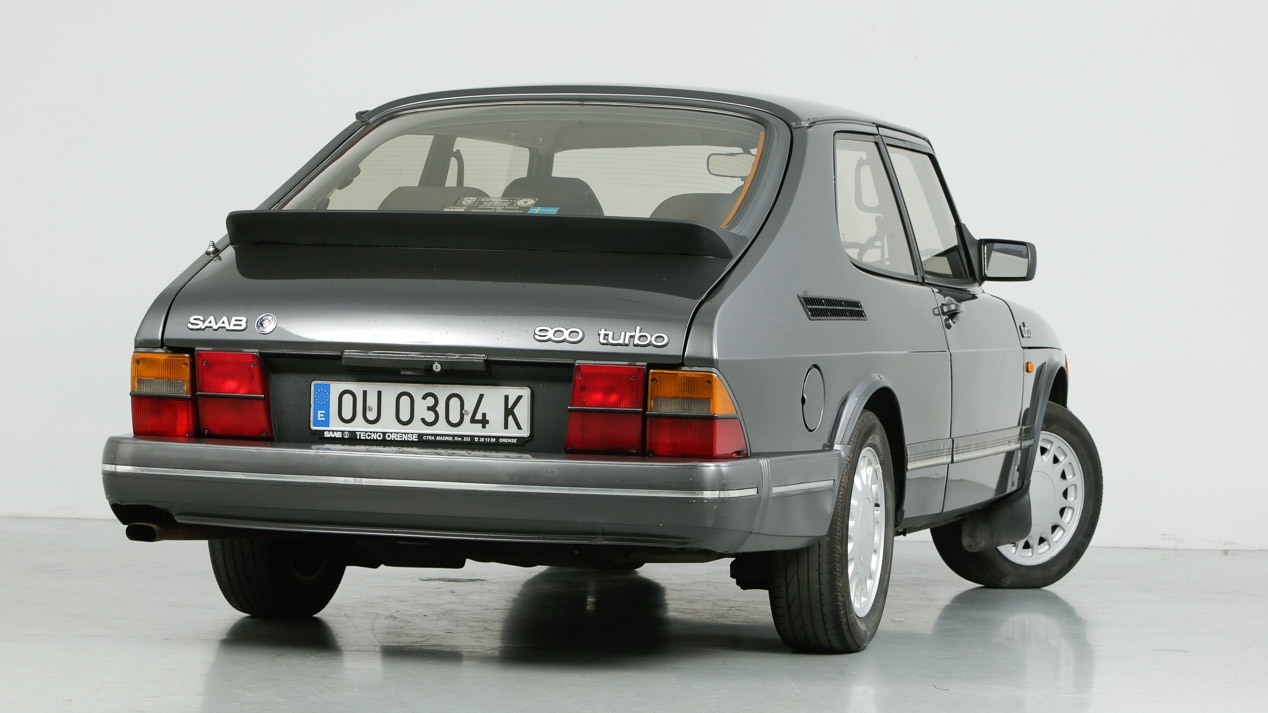
Saab 900 Turbo engine and transmission
He Saab 900 Turbo engine (145 hp) is, in itself, solid: Can exceed 200,000 km in good condition. In cold standing and should be revised cooling hoses and make sure that the alternator is not moving. With the engine running and cold, it must look at noise distribution well mismatch tappet or because the chain wear. Losses are most common oil seals crankshaft seal distributor and the cylinder head cover. With the car running at full throttle in a long march from low speed check that the pressure of the turbo reaches the red zone. The same procedure was used to observe from a possible oil consumption (segments, turbo or valve guides, not cheap anyway).
He most common Saab 900 Turbo problem is not in the engine itself, but in stands, initially rubber and, since 1986, hydraulic. The first and second are bad, worse. The mechanical arrangement did not help: the engine is tilted 45 degrees and gearbox below it. Set the engine with the hood open is the best way to see if it moves too. He weakest point of the 900 Turbo is the gearbox, very difficult to replace and even harder to repair. Symptoms of the problem is the reverse jump (which is hard is normal, is not synchronized), the third scratches or costs take the fifth.
 Saab 900 Turbo: frame
Saab 900 Turbo: frame
The suspension also has its original side. Is front parallelogram with overlapping triangles and rear, a rigid axle transversely subject with a Panhard rod and longitudinally with a unique parallelogram Watt, where the front arm provides support for the spring. A suspension is cooked and the only common problems that may occur are bushing wear, especially of the upper front triangle.
The Brakes are also a source of problems. In versions prior to 1987 the parking is on the front wheels and requires special care to work properly. It is rare to find a Saab 900 Turbo eight-valve with ABS and almost better not to have a possible problem because it is expensive; eye witness because some disconnects to hide the failure. The main drawback that can give direction is fluid loss. If it happens, it is easy to detect by the tank at the entrance of the pump and less easy in the rack. As always, be wary if that is freshly washed. If there is slack in the direction generally are kneecaps. The problem is that it is difficult to find spare parts.
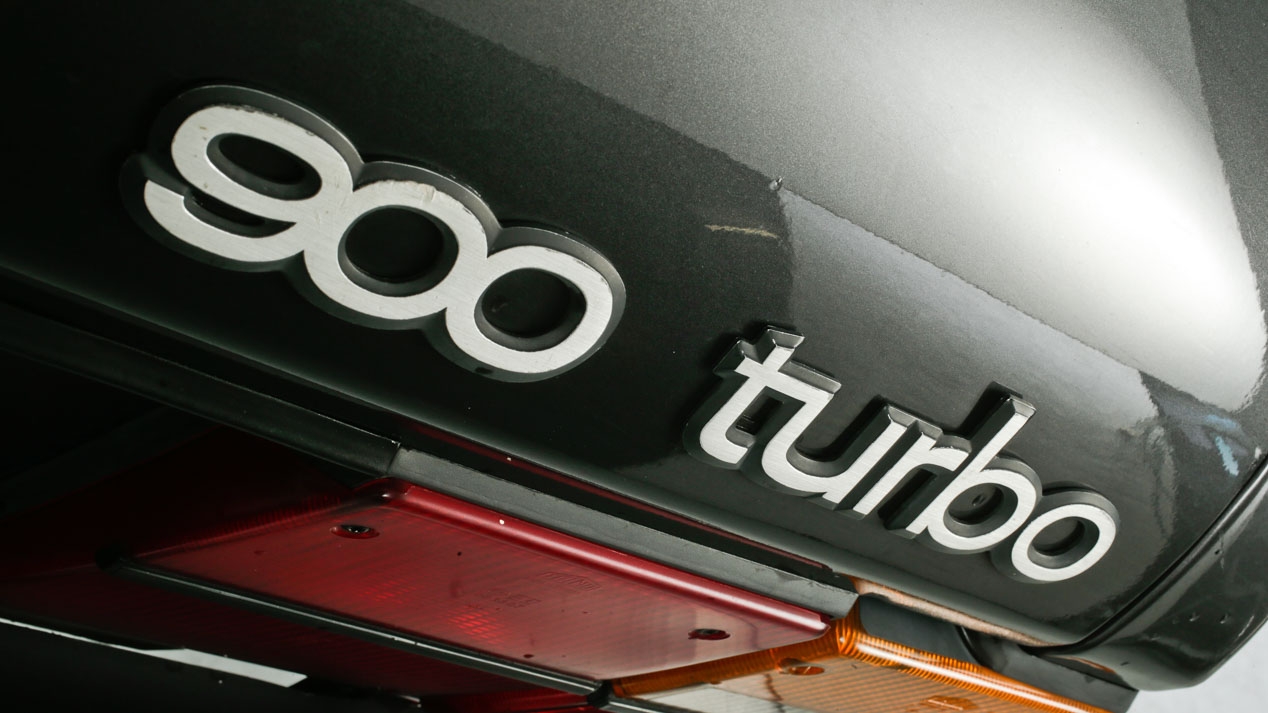
Saab 900 Turbo: Indoor and electricity
Like many cars from the 80s and 90s (not uncommon in Audi of that time), Inside the roof of Saab 900 Turbo goes off with ease; fix is neither difficult nor expensive, but you have to find someone who do well (it’s a repair that lends itself to shoddy workmanship). can also be trimmed off the part of the dashboard or instrumentation. A split dashboard can settle for a part that covers; It is not difficult to find on the Internet but know what the right quality. Power outages do not go beyond dirty or defective switches.
Saab 900 Turbo: prices and valuation
| Model | Years | Quotation |
| 900 Turbo | 1978-1989 | 1500-6000 € |
| 900 Turbo 16 | 1984-1993 | 5,000-15,000 € |
You may also like:
All our news Saab
That was the Saab 9.3 1.9 TTiD
Test: Saab 9-5 3.0 TiD

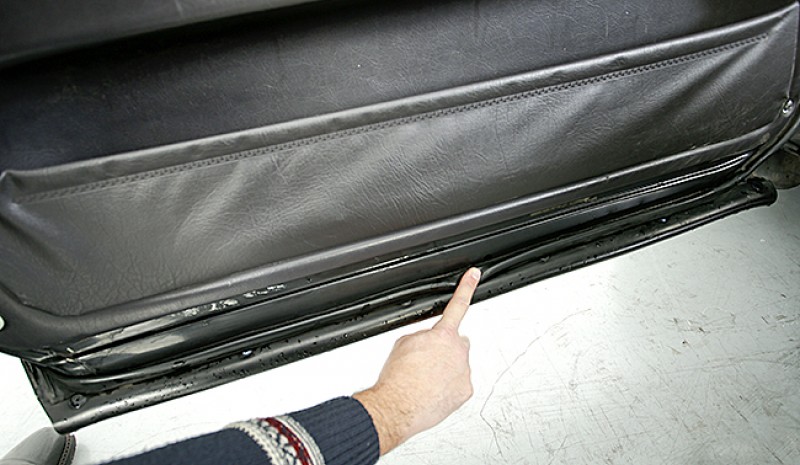
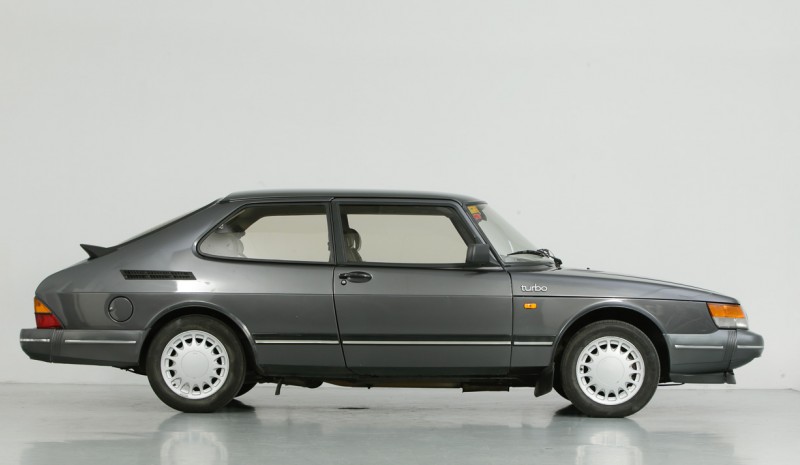

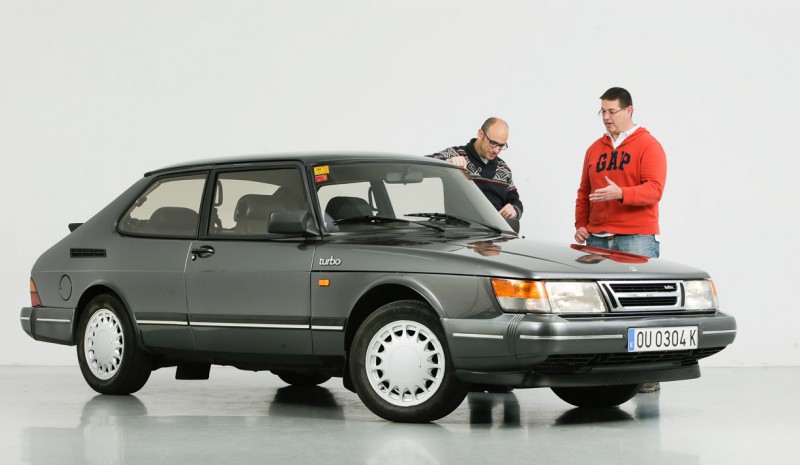
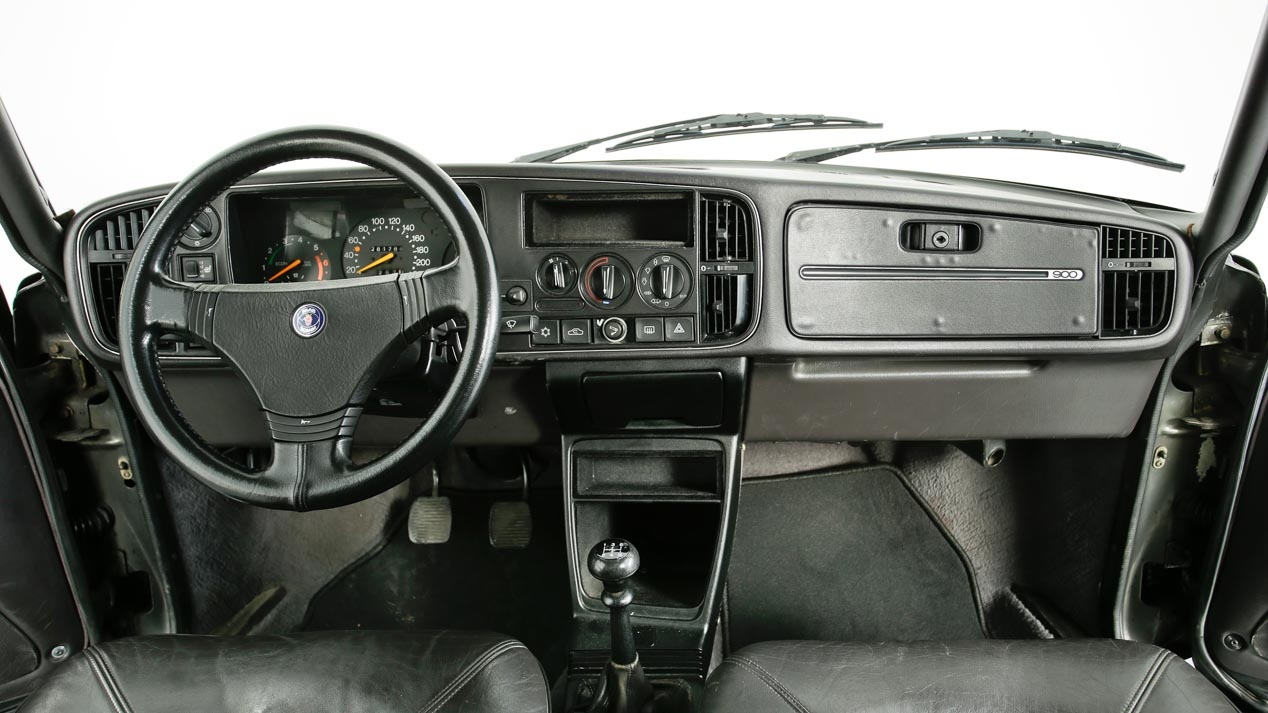 Saab 900 Turbo: frame
Saab 900 Turbo: frame